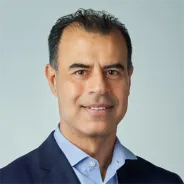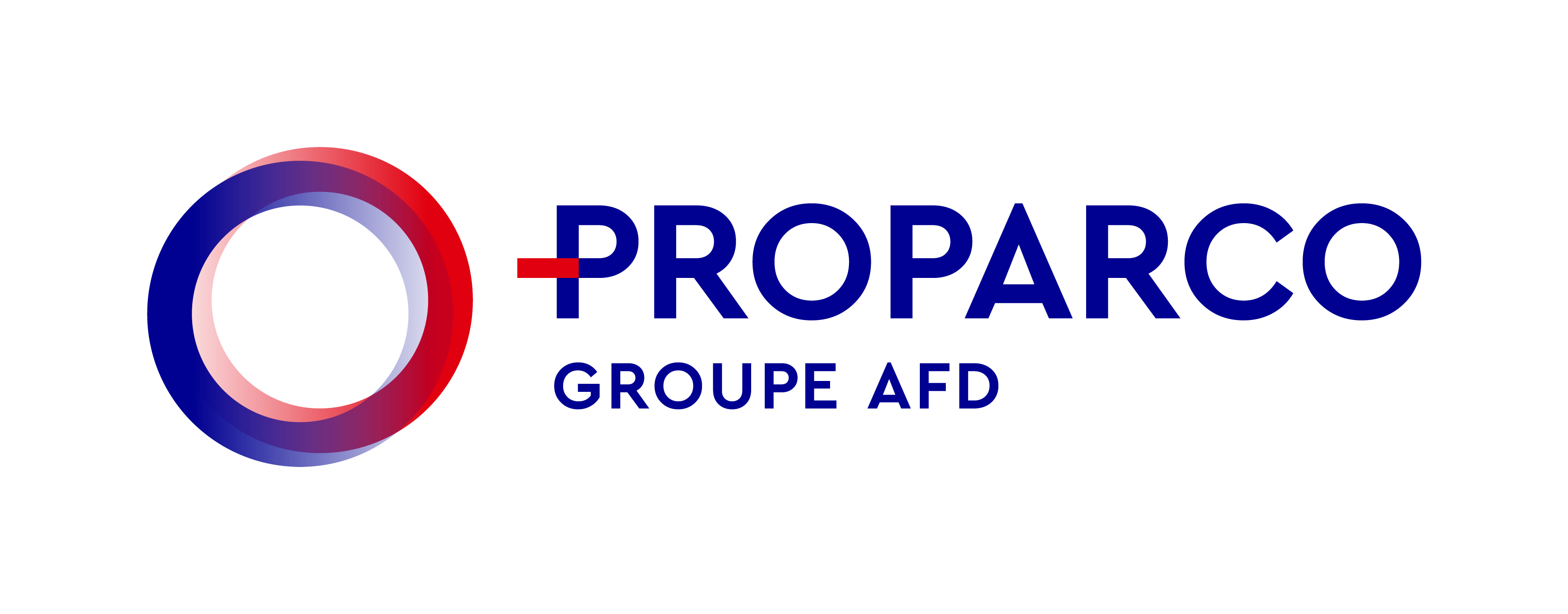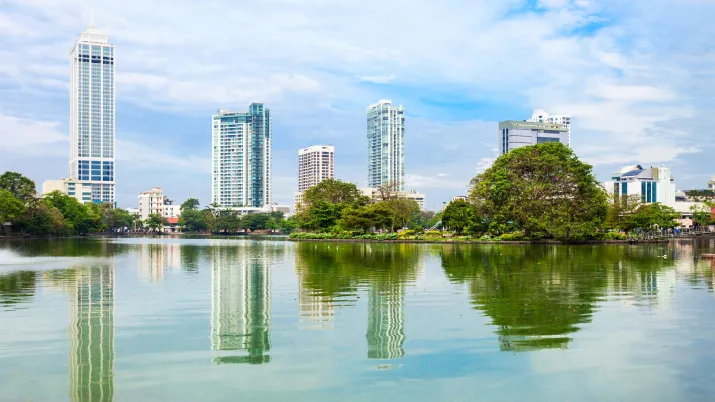Share the page
Kaizenvest is enhancing access to education in the Indo-Pacific region
Published on

To make up for the lack of public investment in the education sector, the Kaizenvest fund – with a footprint in five Indo-Pacific countries – invests primarily in educational infrastructure (i.e., schools, universities, nurseries) and businesses that improve access to education (e-learning). The aim is to make free, quality education accessible to as many people as possible. Sandeep Aneja, co-founder and CEO of Kaizenvest, explains.
KAIZENVEST
- Funded in 2009 by Sandeep Aneja and Jetu Lalvani;
- In the Indo-Pacific region, Kaizenvest invests primarily in 5 countries: India, Bangladesh, Vietnam, the Philippines and Indonesia;
- Since its creation, Kaizenvest has invested in 18 companies in the education sector.
Supported by Proparco, Kaizenvest specialized in the education sector in South and Southeast Asia. Could you describe your portfolio?
Sandeep Aneja : We invest in companies that solve for either access or quality problems that are pervasive in education sector in the IndoPacific region. Most governments overlook education spending and it is often in the range of 3% to 4% of the GDP, which is mostly focused on providing for teacher salaries and that leaves no room for improvement in quality of education. As a private sector player, we mobilize capital to assist in bringing innovative finance and technology led solutions to education and learning systems particularly those accessed by the economically weaker sections of societies in our target countries. Our investments range from day care chains, preschools, supplemental learning solutions, English language and other language learning, digital skills, financial literacy, life long learning solutions, vocational skills, education financing, and EdTech solutions that are both B2B and B2C.
Could you give one or two concrete examples?
Toppr, an EdTech company provides high quality affordable supplemental learning to students between the age of 11-18 in STEM subjects. It has reduced the cost of such learning by more than 60% and made it accessible to students in Tier 2 and Tier 3 cities through its learning app, which is widely used for free practice sessions. Toppr was the highest quality affordable B2C product and it was acquired by Byju’s, the largest global EdTech player in 2021.
Phinma Education is a chain of higher education institutes with 10 institutions in the Philippines and Indonesia. It serves the bottom of the socioeconomic pyramid and provides affordable, employment oriented higher education to the dependents of farmers, fishermen and overseas workers at an annual fee of around $500. When we invested in the company in 2019, there were 72,000 students and now, three years later, there are 125,000 students. The company is not only solving a huge access and quality issue, it is also a financial success and is aiming to go public in March 2024.
Education is key to achieving long-term sustainability including achievement of carbon neutrality and bringing climate consciousness.
- CEO of Kaizenvest

What is your strategy for supporting these companies in the Indo-Pacific region specifically? What are the particularities of these markets?
Companies in the Education sector in the Indo-Pacific region are bringing smart and innovative technology and finance led solutions for consumers. Given we are a sector focused fund, we bring value to the companies in areas of strategy, hiring, business development, ESG training, shareholder alignment and exits. There are examples of each these activities in our portfolio. There are so many lessons we take from one country to another. All these markets have low government spend on education and private institutions and providers use English language for teaching, which makes them much more valuable from an employment perspective and therefore parents and learners flock to affordable and high-quality private education providers. Families often spend up to 30% of their disposable income on education. Being a multi-country fund, we are well positioned to support our companies as different education segments are evolving at different pace across these markets. So much so that our portfolio company founders and CEOs introduce us to other entrepreneurs in their markets.
What is your approach of the Indo-Pacific region?
We take minority equity positions in innovative education companies in the region. We almost always lead the investment and like to involve other investors, including our fund investors, in our portfolio companies as it enabled our companies to have a competitive edge in terms of funding. We work closely with our companies in finalizing post-investment strategy, growing the team, focusing more deeply on unit economics and profitability, training in impact and ESG, and in creating strategic partnerships including exit opportunities and liquidity events. We take Board positions with most of our investments and are usually the most active investor/shareholder. Given our preference for marrying innovation with profitability, our unique strategy is well suited to the growth of the education sector in the Indo-Pacific region.
What is your strategy for the coming years?
The Indo-Pacific region has been the epicenter of innovation in bringing digital services and learning to the masses and numerous companies’ innovations are being replicated in the wider emerging world. Given this fact and our focus on investing in high impact early companies that are either already profitable or are aiming to achieve profitability soon, our strategy will be to invest in 12-15 such companies in the region over the next 4-5 years. Such companies will aim to create social impact with a gender focus, bring core literacy and numeracy to children in early years, bring employability skills to college students and working professionals, and aim to bring down the cost of learning through technology and pedagogy innovations so that learning is more accessible and equitable. Education is key to achieving long-term sustainability including achievement of carbon neutrality and bringing climate consciousness through curricula is on the rise across the emerging world and we will also look at investing in such companies. Most importantly, our strategy of sustainable investing in the sector will continue to provide market returns to our investors.
To read on the same topic
How Proparco is supporting French strategy in the Indo-Pacific region
Published on February 16, 2023
The impact funds being supported by Proparco in the Indo-Pacific region
Published on February 16, 2023


